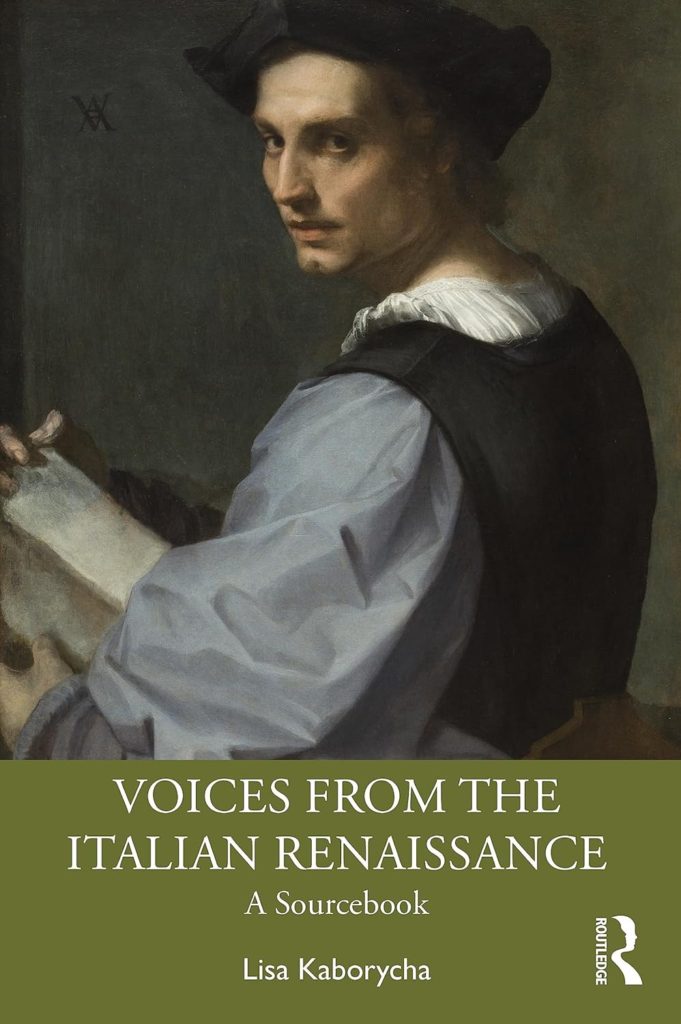This book contains over a hundred selections of Italian Renaissance primary sources—the historian’s raw material in the form of memoirs, letters, treatises, sermons, stories, poems, drawings, paintings, and sculpture. Here are eyewitness accounts of cold-blooded murders, lavish court pageants, the Sack of Rome, and the Black Death; first views of Michelangelo’s Sistine frescoes and glimpses of the surface of the Moon through Galileo’s telescope. These sources bring the reader into direct contact with the creators of the great Renaissance works of art, literature, philosophy, and science, as well as lesser-known people, who in their own words express emotions of love, loss, and spiritual yearning.
Selected to accompany and supplement A Short History of Renaissance Italy, the primary sources in this book make it an ideal course reader for students of history or art history. Yet this volume can equally well be read on its own; each selection is clearly introduced, annotated, and provides references for further reading. These sources reach out to an audience beyond the classroom—the general reader, or the traveler to Italy—anyone curious to learn more about the Italian Renaissance will find themselves swept into conversation with these vibrant voices from the past.
NOW AVAILABLE FROM ROUTLEDGE

Reviews
Lisa Kaborycha offers in Voices from the Italian Renaissance an anthology of texts providing a broad view of the many aspects of Renaissance culture and society, ranging from perceptions of nature to the arts, governance and love, domestic life and travels abroad, and the humanist reception of antiquity and religious reform. Packed with well-chosen texts that often dialogue with each other provocatively, this anthology provides in itself a thoughtful and appealing introduction to the Italian Renaissance.
Margaret L. King, Professor of History Emerita, Brooklyn College and the Graduate Center, CUNY.
This new sourcebook by Lisa Kaborycha is a tool that will be greatly appreciated by both students and teachers of the Italian Renaissance. The sources selected cover a particularly broad and comprehensive range of topics, and the authors are not limited to those traditionally best known, but also include lesser-known but no less important names worthy of rediscovery. For these aspects and for the good introductions by the author that stimulate discussion, this volume deserves to be highly recommended.
Fabrizio Conti, John Cabot University, USA
